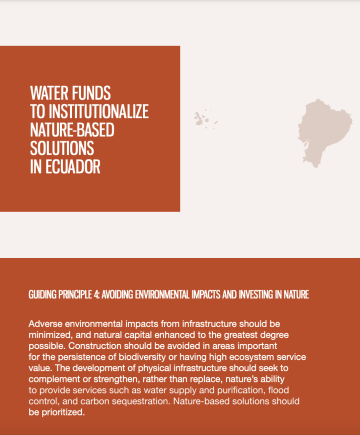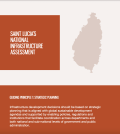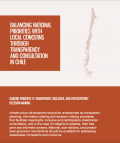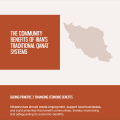
Ecuador’s water supplies rely fundamentally on the smooth functioning of sensitive ecosystems. However, these ecosystems have been threatened not only by climate change, but also by land degradation associated with physical infrastructure development, including road networks. Since 2000, Ecuador has gradually developed water funds in different locations across the country by channelling user payments towards conservation efforts that ensure sustainable water management and supply.
This case study is part of a series of 10 case studies that aim to inform the forthcoming wave of global infrastructure investment. Collectively, they specify and demonstrate how environmental, social and economic sustainability need to be integrated across infrastructure policymaking at the systems level.
The individual principles and case studies were developed via ongoing global consultation and inputs from experts and UN Member States, as part of implementation of the UN Environment Assembly (UNEA) Resolution 4/5 on Sustainable Infrastructure. These publications have been made possible by the financial support of the Global Environment Facility, Swiss Federal Office for the Environment and Partnership for Action on Green Economy.



